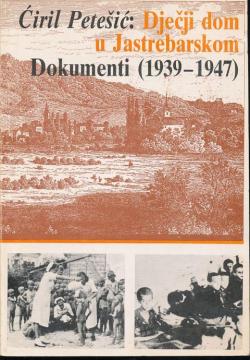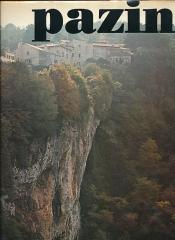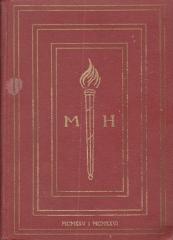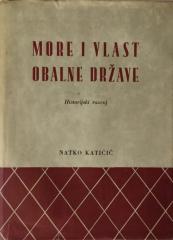
Dječji dom u Jastrebarskom: Dokumenti (1939-1947.)
Knjiga se fokusira na period kada je u Jastrebarskom postojao dječiji logor za djecu dovedenu iz logora Stara Gradiška i drugih jasenovačkih logora, od 12. jula do početka novembra 1942. godine.
Razlog tome je što je upravo tome razdoblju u našem poratnom tisku posvećen veliki broj članaka, feljtona, nekoliko knjiga, ali jedan kritički prikaz zbivanja nije dat. Drugi je razlog što je izostalo objavljivanje najznačajnijih dokumenata u cijelosti. Neki od njih ako su i citirani, korišteni su u intenciji pojedine rasprave ili knjige, ali ne i oni dijelovi dokumenata koji stvari daju osjetno drukčije svijetlo. Treći je razlog što su objavljena brojna »sjećanja«, nastala 30-40 godina nakon zbivanja u Jastrebarskom za vrijeme drugog svjetskog rata. »Sjećanja« su objavljivana uglavnom fragmentarno, a ona su ipak dokumenti drugoga reda (sekundarni). Zbog ovih sam razloga nastojao što veću pažnju posvetiti objavljivanju primarnih dokumenata u cijelosti i u tom je pogledu, po mom uvjerenju, vrijednost ove knjige. Čitatelji dosad nisu imali prilike uočiti da je kratka povijest dječjeg doma u Jastrebarskom imala nekoliko faza: prijeratna, kad je Banovina Hrvatska osnovala svoj dom za siročad, početna ratna, dok dječjem domu nije pridodan i logor za djecu iz jasenovačkih logora koji je postojao gotovo 4 mjeseca, daljnja faza do svršetka rata i poratna faza. Posebno je značajno bilo formiranje dječje zarazne bolnice, koja je nakon prestanka dječjeg logora nastavila djelovati kao epidemijska bolnica. Osim toga, u Jastrebarskom su zapravo postojala tri dječja doma i to su bili državni dječji domovi, pod brigom i nadzorom Banovine Hrvatske, ministarstva NDH i poslije rata Republike Hrvatske.
Nema primeraka u ponudi
Poslednji primerak je nedavno prodat.





